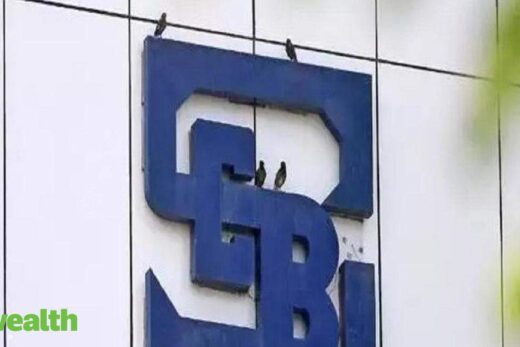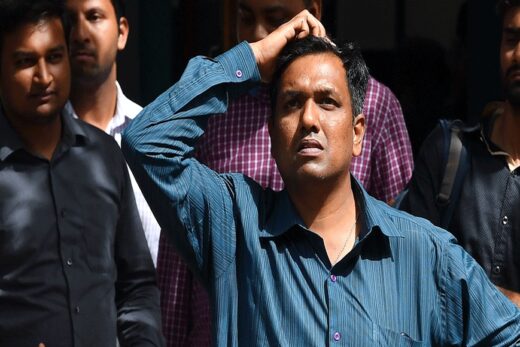The Securities and Exchange Board of India wants to revamp the existing system to ensure that trades will are executed even if one of the exchanges faces a breakdown during market hours.
Under the new proposed framework, the margins of market participants will be updated on a real-time basis. Even if transactions are not going through in one of the exchanges, traders will be able to execute on the other.
Sebi has formed a special committee comprising stock exchanges, clearing corporations and depositories to implement these changes, said two people with direct knowledge of the matter.

An email sent to Sebi in the matter remained unanswered.
The interoperability framework came under sharp criticism on February 24, when a technical glitch forced NSE to shut down its operations for more than four hours.
Since NSE was shut down, traders had no option but to use the platform of rival exchange BSE to close their open positions. Given the fact that NSE holds over 95% market share in the derivatives segment, most of the traders had deposited their margins with the NSE. While they were able to execute the trades on BSE, they were unable to bring any new margins from NSE to BSE until the glitch was resolved.
“Until now, the margins used to be updated through the primary exchange server and if the primary server of an exchange underwent a glitch, traders were not able to put any fresh margins until the glitch is resolved,” said a senior stock exchange official. “Now, the flow of margin data will happen on a real-time basis with each exchange having a slave server in the rival exchange.”
Interoperability is a framework that allows market participants to use margins they have set aside with an exchange to trade on a rival exchange. For instance, say if a market participant has put margins with the clearing corporation of NSE, he can use these margins to trade on BSE as well. This portability of margins was introduced by the market regulator in 2018.
Market participants say Sebi is planning to use the interoperability framework as a shockproof mechanism in case of any technical glitches. “Until now the purpose of interoperability was to improve margin efficiency for traders but now the focus is also on using the framework as a risk mitigation method in case of technical glitches,” said a senior clearing corporation official.
“We have to upgrade some of our network hardware to enable these changes and we will be ready to implement the new framework in the next 2-3 months.”
Sebi has already revamped the standard operating procedure (SOP) for market institutions in case of a technical glitch.
On March 22, Sebi released a circular wherein it made it mandatory for the exchanges to shift to the disaster recovery site if the primary server within 45 minutes of witnessing a technical glitch. It also asked the market institutions to carry out more stringent testing of disaster recovery site to ensure that the shadow platforms are ready whenever the need for such a transition arises.
NSE has blamed the technical glitch on disruption in network connectivity of the exchange along with faulty network logic in the Storage Area Network.



